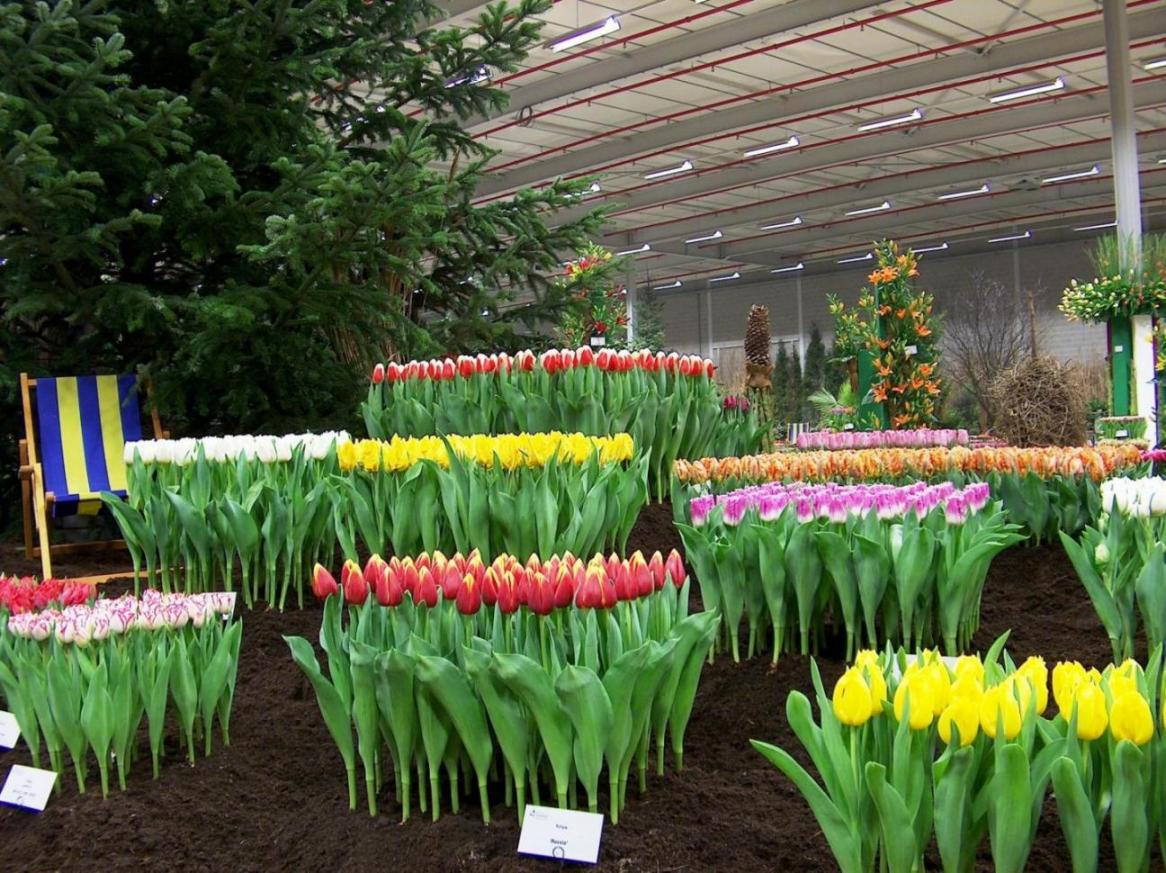Cultivation of ornamental flowers in open fields is a popular agricultural venture in many parts of the world due to the relatively lower costs compared with indoor flower farming.
In Iran, open field flower cultivation is practiced mostly in the northern provinces of Gilan and Mazandaran, the southwestern Khuzestan Province and the central province of Semnan due to the moderate climate and temperature of these regions.
The Persian daily Forsat-e Emrooz looks at the opportunities in entering the cut flower business.
While growing flowers indoors such as in greenhouses provides better control over the growing environment, open field cultivation is more economical and therefore suitable in areas with moderate climate. Not all flower species are suitable for field production as some species are better suited to the greenhouse environment.
Site selection is an important factor while starting a business in the flower industry. In addition to having suitable climate, the selected site must be well-drained and have a fertile soil. Studying market demand and selecting plant varieties that have reasonable demand in the market are another important factor to keep in mind before starting the business.
The report estimates that a minimum area of 2,000 square meters is required for generating reasonable profits. It also estimates that an initial investment of 500 million rials ($15,000 at market exchange rate) is needed for starting a small-scale business. This investment is required for preparing the site, purchasing the basic equipment, seeds and plants and as the working capital for labor salaries and other expenses.
Export Markets
A cut flower farmer, Mehdi Rezaei believes that despite its suitable climate and geography and a large labor force, Iran is yet to realize its potential as a flower exporter.
Iran currently exports cut flowers to countries bordering the Caspian Sea, Iraq and Turkey, said the expert, noting that expanding the export markets is essential in view of the current downturn in domestic markets.
Another cultivator, Mohsen Mehravar, also believes the sector’s development has been slowed by lack of government support in facilitating exports via flower terminals and expanding export markets.
“More than two billion fresh cut flowers are produced in Iran each year, less than 10 percent of which are exported,” head of the Association of Tehran Flower and Plant Producers, Jalal Ajayebi had said earlier.
The Ministry of Agricultural Jihad is hoping to complete a special terminal at Imam Khomeini International Airport for export of flowers and plants by the end of the current Iranian year (March 19, 2016). The terminal’s construction had achieved 85% progress in June this year, according to an official at the ministry, Seyyed Mohammad Kiyaei.


